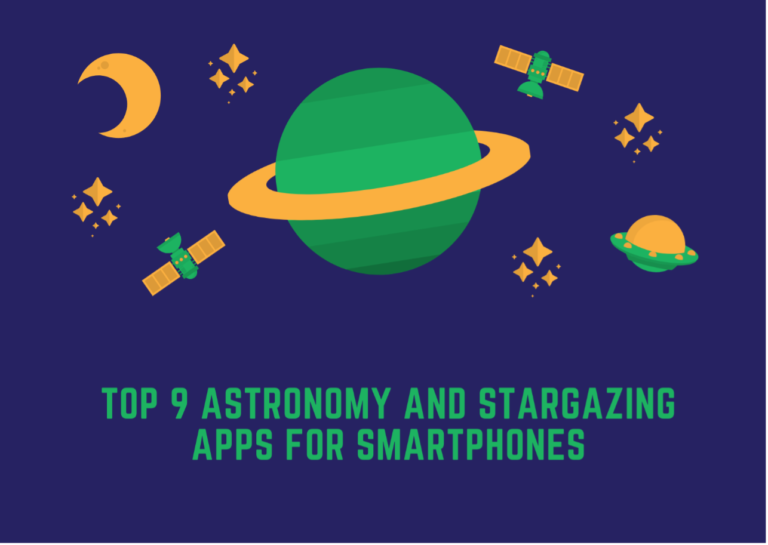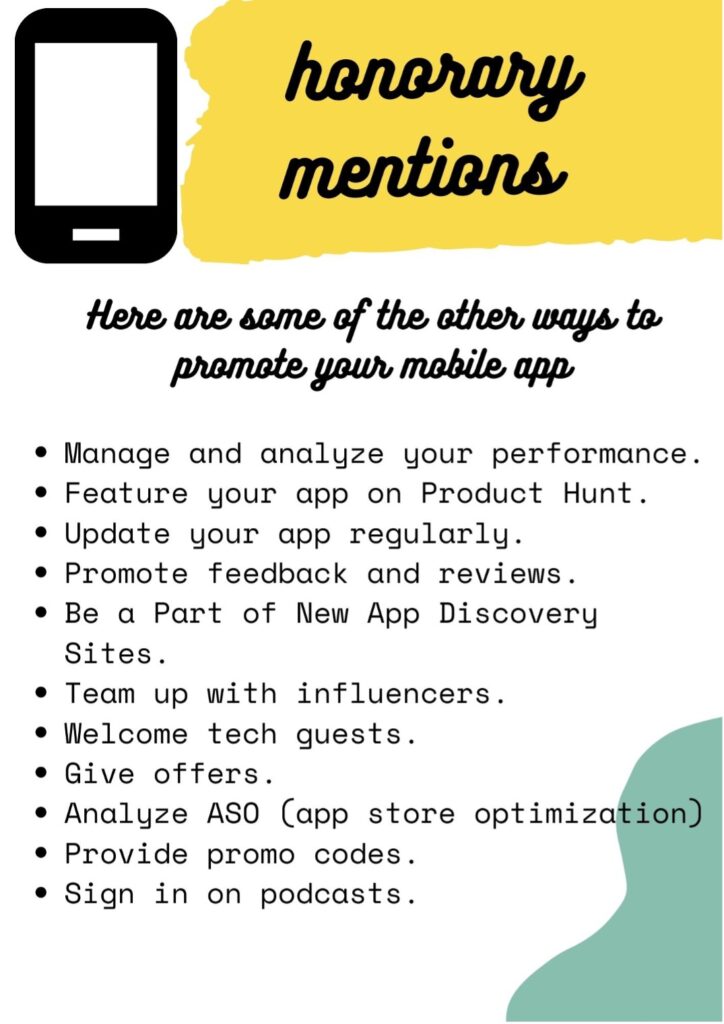Picture this! It is s pleasant night, the breeze is peaceful, the sky is clear, and you are sitting in a meadow with your loved one. You spot a bright star. As a layman, you are not supposed to know the details of the star. But your curious nature wants to find everything about the star. Unless, you have an app that will give you all the information, you will go nuts thinking about the mystery. Stargazing and astronomical apps are a game changer. They allow the users the explore the endless sky, and identify stars, planets, and celestial objects in the night sky. Making use the GPS and compass, these smartphone apps give users an impeccable view of the sky. All you have to do is open the app, point the camera at the sky and voila, you will have all the details of what you are looking at. In the article, we reveal the top apps for astronomy and stargazing.

1. Google Sky
This app makes stargazing easy. It lets you explore the far reaches of our universe. They say that the images seen in Google Sky are similar to the ones seen in Sky on Google Earth. It acquires data from space-based astronomical surveys. Google Sky allows you the explore the universe in many ways. (Content as per the website)
Microwave: A view of the microwave sky from NASA’s Wilkinson Microwave Anisotropy Probe (WMAP), which shows the universe as it was 380,000 years after the big bang.
Infrared: An infrared view of the sky from the Infrared Astronomical Satellite (IRAS). Change the transparency of this layer by moving the slide bar to blend the optical and infrared.
Historical: The sky as drawn by Giovanni Maria Cassini (printed in 1792) showing the constellations in their classical form from the collections of David Rumsey
2. Sky View
SkyView gives you a glimpse of what the night sky has in store for you. All you have to do is point your Andriod camera at the sky and this app will unravel what the sky has to offer. Users can touch any element on the screen while the camera is pointing to the sky, and the app will help identify it with its name, radius, distance from earth and more. It even identifies satellites like Hubble, ISS Plus and more. This app allows you to explore time. All you need is a good data pack. The UI is simple and beautiful. One of the reviews read, “Pictures you take are way better than any of the examples here on the download page. It’s brilliant!.”
3. Stellarium
Stellarium is an award-winning open-source planetarium. This feature-rich application lets you explore the night sky with ease. With a minimalistic user interface, Stellarium allows you to learn the constellations, planets, satellites, etc. Point your mobile camera at the sky, and the sky is your oyster. It even shows realistic landscapes and atmosphere with sunrise and sunset. One of the reviews read, “This is my first app of this type. It is what I was hoping for, plus a little more. I like the way I can move the map manually and even more, it tracks the movement of my phone. I also like the ability to move into a star, a cluster or a galaxy and see a lot of information about the object that I have zoomed into, plus, if the grid lines are enabled, the sense of that object moving through space is very apparent which really enhances the entire experience. Try it, you just might like it too!”
4. SkySafari 6 Pro
It is a smart, well-designed stargazing app that lets you deep dive into astronomy. SkySafari 6 Pro essentially is a visually appealing planetarium at your fingertips. It provides telescopic images and object information. One of the reviews read, “This is the best portable Planetarium program I have ever encountered. Deep database, easy-to-use interface, and can control a telescope. Better yet, it can share data and observing lists with your laptop or iPad. Inexpensive enough to allow you to buy another copy. They upgrade regularly. SkySafari Pro 7 is a noticeable improvement.”
5. Star Walk 2
The Star Walk 2 app is touted as the best astronomy app. It makes you feel that the sky is closer than you think. This app shows you the real-time interactive sky and allows you to enjoy stars, planets, and constellations. Also, known as the encyclopedia of the sky, this app gives extended information and learn facts about sky objects. This app is available for free with occasional ads. As per a report by Sensor Tower Star Walk 2 was the most popular app in 2020.
Read more: : https://www.cnet.com/tech/services-and-software/best-stargazing-apps/
6. GoSkyWatch Planetarium
GoSkyWatch Planetarium as the name suggests is designed for astronomy enthusiasts. It is feature-rich and gives a pristine stargazing experience. Some of the key features are interactive Sky Map, Augmented Reality, Time travel which shows how the night sky changes over hours, days, weeks, even years, Object Information, and Customization. One of the reviews read, “Fantastic!!! Best program of its kind that I have found. The more I use it the more I discover things that it is capable of doing. (Like tracing out the sun Analemma as a function of time.) I input my own location with a high degree of accuracy and find extremely good accuracy in everything else that it calculates. I find the accuracy of the program to be Impressive. The display is very realistic as to the relative brightness of the stars and constellations, just the way you see them. “
7. Scope Nights
One thing that every stargazer wants is a clear sky. Scope Nights app is designed in a way that helps you navigate and find days when the sky is clear giving you a view that you always yearned for. Some of the best features of Scope Nights are Clear Sky Chat, Light Pollution Map, Astronomical Events, Educational Tool, Observing Log and Community. Scope Nights, in short, optimizes observing sessions for amateur astronomers.
8. Cosmic Watch
Cosmic Watch is one of the most unique apps that offers a 3D interactive model of the solar system. With that, it offers a virtual reality experience of our galaxy. Some of the features that bring Cosmic Watch to the forefront are VR experience, educational took and many others. The Celestial Clock feature shows the clock that displays the current time, and the position of the sun, moon, and planets relative to the celestial equator and the horizon. Its Interactive 3D Solar System Model allows you to explore the solar system in 3D.
9. Heavens-Above
Heavens-Above is touted as one most the popular apps that inform users about celestial objects. It allows its users to enter their location and it will give a personalized list of upcoming satellite passes such as including the International Space Station (ISS), Hubble Space Telescope, and other popular satellites. The design is simple and offers accurate predictions.
Read more: : https://www.skyatnightmagazine.com/top-astronomy-kit/best-astronomy-stargazing-apps/
Stargaze with us!
Stargazing is one of the most common hobbies which is also therapeutic. A report by Sensor Tower states that stargazing app downloads increased by 29% in 2020, with a total of 28.1 million downloads worldwide. Sure there are several apps in the markets, but people are always on a hunt to use unique apps. And we will help you build those apps. This industry has seen significant growth and is expected to do the same. This gives us the potential market size and a lot to be explored.
Why partner with us…
Stargazing is one of the most common hobbies which is also therapeutic. A report by Sensor Tower states that stargazing app downloads increased by 29% in 2020, with a total of 28.1 million downloads worldwide. Sure there are several apps in the markets, but people are always on a hunt to use unique apps. And we will help you build those apps. This industry has seen significant growth and is expected to do the same. This gives us the potential market size and a lot to be explored.
• We believe in innovation, and we are open to new ideas.
• Our work of expertise in app development is impeccable.
• We are in constant pursuit of excellence.
• Our value-for-money apps guarantee sure-shot business growth.
• Our fast tech support and our free-flowing customer relationship define our work ethics.
You can contact the App Scoop mobile app development team at: https://steelkiwi.com/blog/tips-developing-intelligent-sitemap/ our competent team to get things started.











